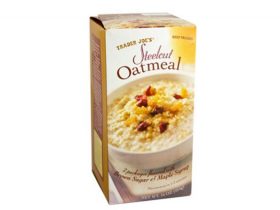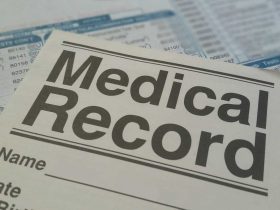By Nancy Collins, PhD, RDN, LD, NWCC, FAND
Nutrition is frequently conjoined to wound care lawsuits because patients often lose weight so it is important to thoroughly document nutrition interventions and education.
Most pressure injury lawsuits begin as just that – a lawsuit initiated due to an acquired pressure injury. Usually the wound in question never healed to closure, became infected, led to an amputation, or otherwise caused the patient suffering. During the legal discovery process, all sorts of other care issues come to light and the scope of the lawsuit grows. One of the most common additional issues is the patient’s nutritional status. Let’s look at it from both sides.
The Plaintiff View
Plaintiffs are typically family members who have lost someone near and dear to them and believe the healthcare facility and its providers have let them down. Certainly some plaintiffs are less earnest but that is a topic for another day. The plaintiffs entrusted their family member to the health care system and frequently testify how dismayed and shocked they were to witness what transpired. Essentially that trust was broken.
One of the things they commonly mention is the food and meal service. Food complaints run the gamut range from limited cultural and favorite food choices, food temperature issues, and lack of personnel to provide mealtime assistance. While these complaints unto themselves may not seem very significant, they take on a new light when the patient has lost a significant amount of body weight and concurrently has a wound that doesn’t heal.
Simply put, the plaintiff argument is that the wound may have healed if better nutrition was on board. They frequently introduce the possibility that a tube feeding is the ultimate way to provide nutrition and surely that would have helped with the situation. This sounds quite logical.
The Defense View
The defense is usually a hospital, nursing home, and/or the people or corporations who run them. Sometimes specific healthcare providers (HCPs) may be named individually such as the physician or nurse.
The defense often discusses that not all wounds heals even with optimal care. The patient is typically of advanced age and presented with multiple longstanding medical issues upon admission. These days it is not uncommon for patients to have managed chronic diseases for decades but eventually they lead to the patient’s demise. Many diseases inherently have unintended weight loss as an end stage component such as Alzheimer’s disease.
Simply put the defense argument is that the HCPs earnestly tried their best but the patient was too ill and had too many things against them. We cannot force feed patients and although the staff tried to offer a variety of foods the metabolic machinery was simply not functioning well. Even a tube feeding would not have cured the underlying disease and could have introduced an entirely new set of problems. This also sounds quite logical.
The Real World View
Every day we are faced with taking care of patients with a variety of complex issues. At this point in 2017, we know enough about nutrition to understand that it plays a role in both prevention and treatment of wounds. We realize that patients who lose body weight week after week are losing muscle mass and vital lean body tissues. At the same time, we also recognize that nutrition cannot cure every disease or turn back the hands of time.
The best approach is to treat each patient the very best we can for their individual circumstances. Certainly some patients may benefit from a tube feeding. It depends on the root cause of why they are not eating and the specific mechanism of their weight loss. If the root cause is a cultural gap between the menu and the patient’s typical diet, obviously a tube feeding is overkill. There are usually many, many factors contributing to a patient’s declining nutritional status so there is no one size fits all rule.
The Bottom Line
The multi-million dollar question is how do we determine which logical argument wins several years after the fact. The medical record holds the key. Sometimes the finesse of the attorneys or experts they bring in also play a role but the documentation is critical. It will be analyzed line by line for insights into the care. Make sure your documentation tells the complete, accurate story and will hold up to scrutiny.
If your patient is not losing weight, it is not enough to simply document that fact. You must document your examination into why this is the case. Did you consider dental problems, depression, nausea, medication side effects, lack of meal time assistance, the need for adaptive feeding equipment, swallowing problems, odor aversion, or lack of finances for patients at home prior to admission? Did you document your search for the root cause? If a tube feeding is under consideration, did you document discussions with the patient and/or family members? If the patient is at the end stage of a disease and weight loss is considered unavoidable, was that clearly explained and then well documented?
Communication is the key and to many plaintiffs, that was exactly what was missing in the care. Remember you are meeting many of these families during a horrible chapter in their life story. It might be just another day at work for you but it is an eventful scary day for them. Talk to them, educate them, search for the root cause, and document it. Treat them the way you hope your and your family will be treated if you are ever in a similar situation. People don’t sue when they are well cared for and emotionally supported. And that is the most logical argument of all.

















